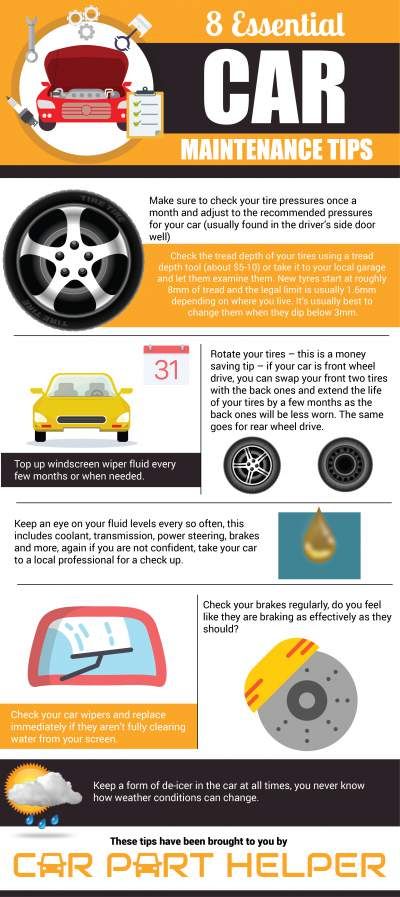Why should you get your tires rotated? Because it’s one of the easiest ways to extend the life of your tires and get the most miles out of them. And you only need to do it a couple of times a year.
Already know you need a tire rotation? Come visit us at one of our local stores or schedule an appointment.
Rotating the tires on your vehicle means moving them to different positions on your car or truck. This helps promote even tread wear on all four tires.
No matter how you drive, front and rear tires can wear at different rates. Tires that are mounted on the drive axle (the front two wheels on a front-wheel drive or back two on a rear-wheel drive) wear more quickly than the “free rolling” tires on the other axle.
Properly rotated tires can make for a smoother ride. It can also extend the life of your tires, saving you both time and money. By rotating your tires, you even out the wear to get the most tread life from every tire. Regular rotations are equally important, even if you have an all-wheel drive vehicle.
A good rule of thumb is every 5,000 miles. Depending on your vehicle, driving style, and tire type, you may need to rotate your tires more or less often. If you’re not sure, stop by Les Schwab. We’ll help you come up with a rotation schedule.
Regular tire rotations can help spot uneven tire wear early. Going too long between rotations may result in a wear pattern that can’t be fixed, no matter where the tire is moved on the vehicle. These wear patterns could result in the need for new tires sooner than expected.
Here are some ways to remember your next rotation.

Getting your tires rotated every 5,000 miles is generally a pretty quick process. The professionals at Les Schwab will take the time to do a thorough tire rotation by also balancing your Les Schwab tires, checking your air pressure, doing a visual check of important safety systems, and documenting anything you should be aware of during the process. Once your vehicle is in our service bays, you can expect this procedure to be completed in about half an hour. Taking the time to make tire rotations a part of your normal vehicle maintenance regimen can add significant life to your tires, promote even tire wear for a smoother and more comfortable ride, and save you money in the long run.
The standard tire rotation is front-to-rear, but there are multiple patterns that could also help promote long tire life.
Here’s what Les Schwab tire pros consider to properly rotate and position the tires on your vehicle.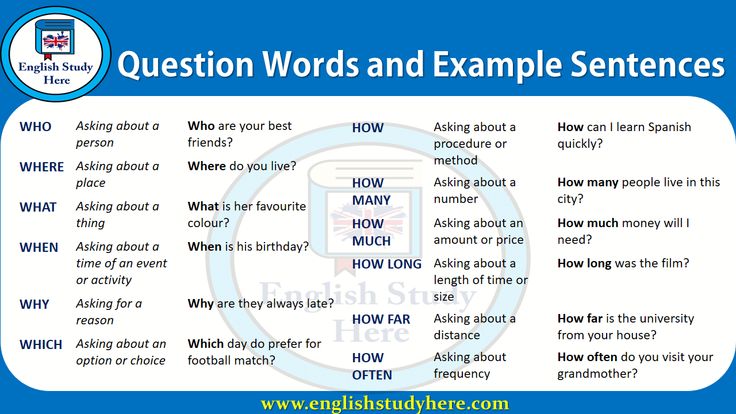
As always, check your owner’s manual for specific recommendations from the manufacturer.
If you have Les Schwab tires on your vehicle, rotations are free for the life of those tires. Plus we balance your wheels as part of the service. Don’t have Les Schwab tires? Our pros can still help maximize the life of your tires. Stop by your local Les Schwab for a quick estimate.
Don’t put tire rotations off. This simple task can maximize the life of your tires. When you buy tires from Les Schwab, we rotate them for free on most vehicles. Plus, we provide free rotation reminders by email.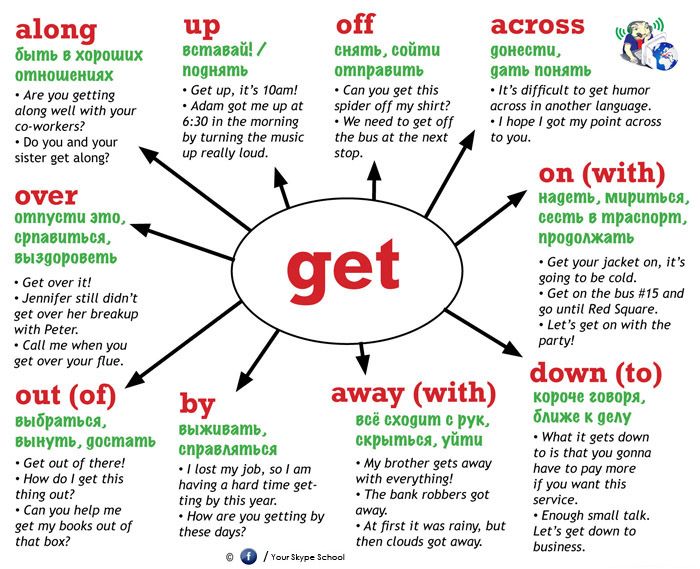 Just ask at your local store.
Just ask at your local store.
The science of tire tread wear is simple: The more a tire contacts the ground, the more it will wear down. Once tires wear down, they become less effective and will eventually fail – in one way or another. See? Simple.
However, all four car tires won’t wear down at the same rate. You must also take into consideration factors like weight distribution, braking, tire brand and type, drivetrain (AWD, FWD, etc.), and overall road conditions. This makes it more difficult to time tire rotation schedules on an individual basis. For instance, someone who frequently drives through Sedalia’s pothole-y roads to and from Whiteman AFB might need to rotate their tires more regularly than someone who sticks to highways. It’s all in the details.
Just as it was 30 years ago, rotating tires and general tire service are critical parts of auto maintenance. A good tire rotation, performed at the right time, will prevent your tires from wearing unevenly and, ultimately, increase their lifespan.
So, here’s our answer to the question, “How often should I get a tire rotation?” For all intents and purposes, you should aim to rotate your tires every oil change or after every 5,000 miles. This is the recommended Toyota maintenance plan and tire rotation schedule for Corolla, Camry, and most other new Toyota models for sale.
Can’t remember the last time you had your tires looked at or worked on? You might want to schedule an auto maintenance appointment at a local service center near you, especially if you notice any of these problems.
Give your tires an up-close inspection. Any bald spots – when there is no longer any tread design visible – are a clear sign that your tires not only need to be rotated but they should also be replaced. Here are 7 obvious red flags that you need new tires.
Uneven tire wear can make your vehicle feel like it’s a roller coaster at high speeds. If you notice your vehicle is vibrating when you get on the highway, you should check your tire tread for signs of wear.
If you notice your vehicle is vibrating when you get on the highway, you should check your tire tread for signs of wear.
Vibrations aren’t always caused by uneven tire tread, however. It’s just one big red flag that you need a tire inspection. A simple trip to your auto service center for a tire check is the easiest way to find out what the problem is.
A vehicle should drive straight when you release the steering wheel. Even the slightest curvature is a sign that your tires aren’t aligned properly. This could be caused by very uneven tire wear, though it’s more likely a sign that you need to get a wheel alignment.
When aligning your wheels, your mechanic or service technician will likely rotate your tires to ensure future tread wear is more evenly distributed. The tire rotation pattern is different for FWD, AWD and RWD vehicles, so it’s imperative that you let a qualified auto technician rotate your tires per the manufacturer’s recommendations.
If you notice one tire keeps losing air while the others remain full, there could be a weak spot in the tire that’s caused by tread damage or excessive wear. This is usually the case with driver-side tires, as that’s where the driver’s weight is anchored.
Your TPMS may alert you to this issue. Refill your tire(s) and keep an eye out for another TPMS warning light. If it does, you should make an appointment with your auto service center.
Because your tires aren’t up to snuff, the rest of your vehicle has to pick up the slack, resulting in poor fuel efficiency. The steering wheel needs to be manually adjusted to rectify any pulling. Weight becomes distributed unevenly, which puts more pressure on your other “good” tires.
If you don’t rotate your tires, you could reduce your fuel economy by up to 3%. That may not seem like a lot, but 3% more trips to the gas station over the course of several years is likely more than the cost of a routine tire rotation.
A skipped tire rotation, especially if your tires have already driven for 50,000 or more miles, can lead to numerous major problems, including:
Don’t put off rotating your tires in Sedalia. Stick to your routine auto maintenance schedule by visiting McCarthy Toyota. Book an appointment for a tire rotation, inspection, or balancing today, and we’ll ensure your vehicle gets first-class treatment from the moment it rolls into our service bay.
Want a tire rotation price estimate? Contact our Toyota service center near Knob Noster at (660) 826-5400 to speak with a member of our team. If you need assistance paying for new tires or your entire visit, you’ll be glad to know that we also offer auto service financing.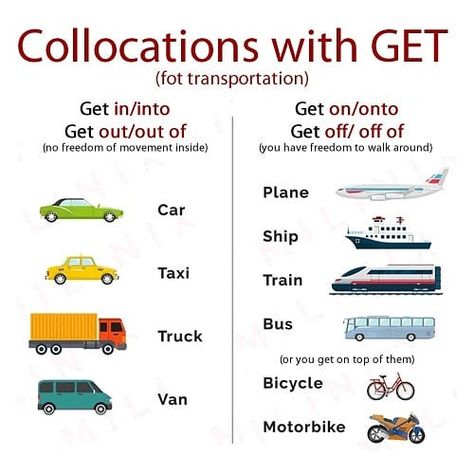
Categories: Service | Tags: Bald tires, Tire Hazards, Tire Rotation, Vibrations while driving | Permalink
Driving comfort, handling and safety level depend on the technical condition of tires. Car tires provide traction to the car in various climatic and road conditions. blog.ship-ship.ru
Driving comfort, handling and safety level depend on the technical condition of tires. Car tires provide traction to the car in various climatic and road conditions.
The tread is the outer layer of the tire. It comes into contact with the road, creates a contact patch and provides traction. The tread pattern differs in volume, consists of blocks, grooves, lamellas of a certain depth.
The tread is responsible for the grip of the wheels on dry, wet, snowy and icy roads. It removes water, dirt and snow from the contact patch.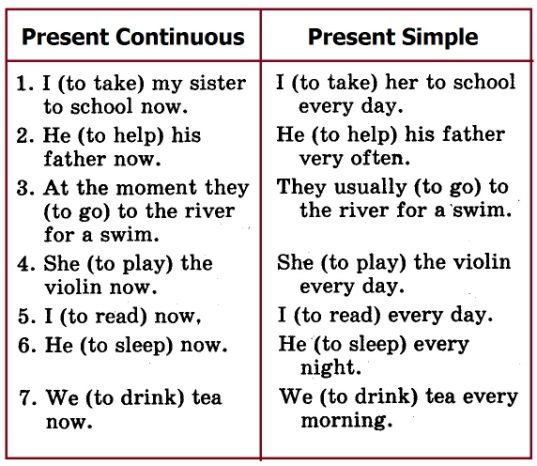 The system of blocks and grooves prevents the effect of hydroplaning, when a water cushion forms between the wheel and the road during rain.
The system of blocks and grooves prevents the effect of hydroplaning, when a water cushion forms between the wheel and the road during rain.
The degree of wear of the tire tread affects the handling, maneuverability, stability of the car, and the length of the braking distance. There are requirements for the depth of the tread pattern. If the outer layer of the tire is worn out, then it is changed.
It is important to understand that worn tires are not able to cope with the tasks:
Tread wear is the main cause of deterioration in braking quality, poor handling and directional stability. At the same time, worn tires show equally unstable behavior on any type of road surface in rain, snow or dry weather.
Winter and summer tires differ in thickness, composition of the rubber compound, the number, shape and size of blocks and grooves. The selection of tires depends on the make and model of the car, body type and class, climatic and road conditions (city, highway, country roads, off-road), speed limit and driving style.
The new tires have deep grooves and numerous sipes that provide excellent traction. Manufacturers produce winter tires with three types of tread:
Spikes are used for driving on roads and ice that have not been cleared of snow. The spikes bite into the ice crust and split it, providing excellent traction. But when driving on dry asphalt, the spike loses its working properties.
Velcro friction tires are suitable for driving on a dry clean road, melted and shallow snow, mud.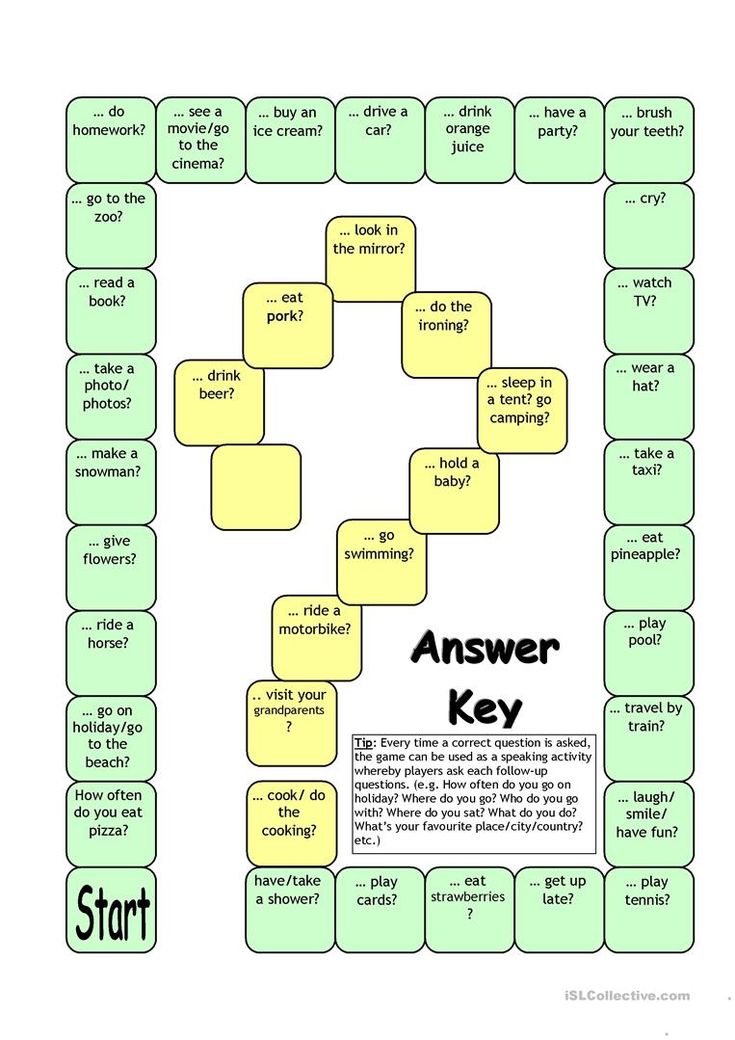 The main difference between Velcro is the presence of lugs, special grip edges that increase the stability of the wheels on wet road surfaces.
The main difference between Velcro is the presence of lugs, special grip edges that increase the stability of the wheels on wet road surfaces.
Scandinavian tires are used in the conditions of the northern regions, which are characterized by extreme sub-zero temperatures and snowfalls. The main difference between the Scandinavian tread is wide sipes, massive numerous blocks cut by grooves.
In modern tire models, the tread height is 9-12 mm. The permissible wear level here will be from 4 to 6 mm. If the wear 'threshold' passes, the tire is changed regardless of how long it lasts.
Important: The tread of a winter tire is always 3-4 mm higher than the summer model. The depth of the Scandinavian tire pattern should also be sufficient - at least 8-9 mm.
The need for replacement will also be indicated by special indicators located at the base of the tire.
The tread depth of summer tires is 6-8 mm. The minimum tread wear must be at least 1.6 mm.
The minimum tread wear must be at least 1.6 mm.
The tread pattern must be clearly legible. Otherwise, the traction and grip properties of the wheels deteriorate, the tires cannot effectively remove water and dirt from the contact patch, and the effect of aquaplaning is possible.
For sports cars, the tread height is 12 mm. For SUVs, the height indicator increases by another 5 mm.
According to the rules of the road, the maximum allowable tread wear is:
The residual wear of the tread for minibuses and buses designed to carry more than 8 passengers is 2 mm.
In order not to get into an emergency on the road, the car owner should periodically check the wear of the tread pattern.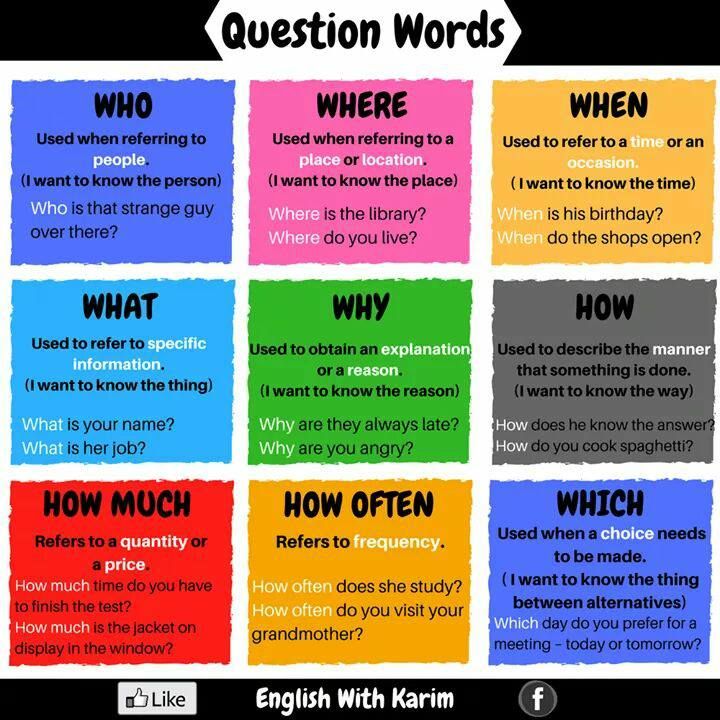 This can be done in the following ways:
This can be done in the following ways:
Take a measuring tool with a depth gauge - a caliper. Pull out the depth gauge, rest its nose against the base of the drawing. The caliper should rest against the top of the rubber.
You will see readings on a mechanical or electronic scale. If the value for summer tires is less than 1.6 mm, such tires need to be replaced urgently. For winter, this figure will be below 4 mm.
To make the reading as accurate as possible, measurements are taken from the base of the figure. It should be smooth, without protrusions.
Take a coin with a face value of two rubles. Put it in the groove. If the ‘meter’ deepened to the word ‘ruble’, the residual depth is 4 mm. If the word 'ruble' has disappeared - the depth is 6 mm. But if the protector hid only the beginning of the 'wreath', then 2 mm of the pattern remained. In this case, play it safe and replace the tires.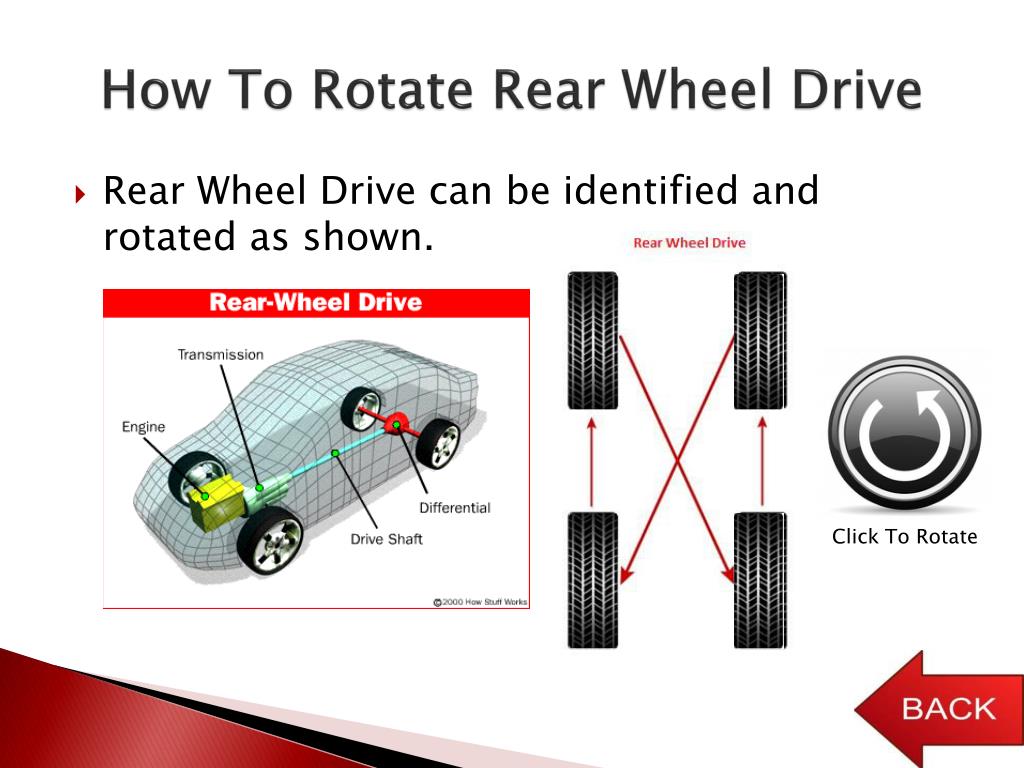
The ‘coin’ method is inaccurate and allows you to find out the approximate depth. It is used before passing the inspection or when buying tires with mileage.
Manufacturers today offer tires with special wear indicators. This is a special part of the drawing: it differs in color, shape, size.
On the surface of tires you can find the following indicators:
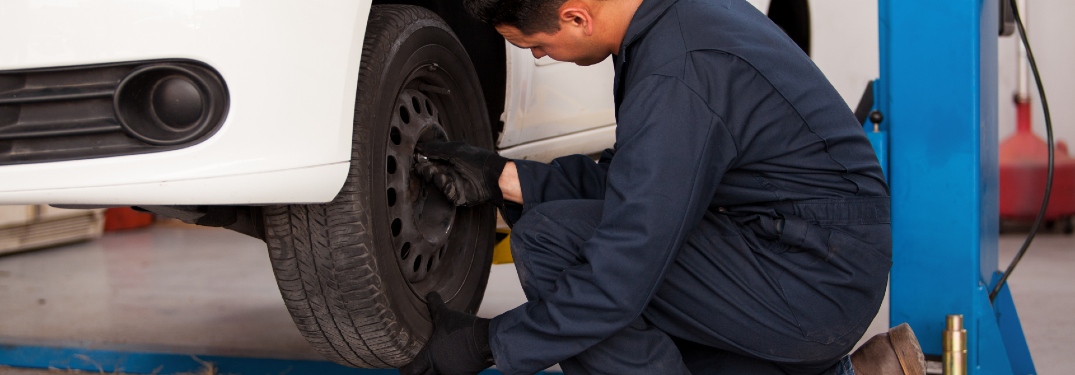
Tires don't always wear evenly. Car owners often face such a problem, and here are its main reasons:
When inflating wheels, follow the manufacturer's recommendations. Neglect of this rule will lead to excessive pressure in the tires.
Increased pressure increases noise, increases damage, reduces handling.
If the wheels are poorly inflated, there is a deflection in the central part. Decreased acceleration, increased fuel consumption, increased turning radius.
Under normal pressure, the rubber wears evenly.
When a wheel hits a hole, the wheel alignment is knocked off the pothole. Car owners are not always able to determine this malfunction on their own and in a timely manner. The indicator is - different wear of the tread.
Excessive camber angle (positive or negative) leads to abrasion of the rubber in the shoulder areas. The cover is bevelled. A car with such wheels cannot move in a straight line, and the driver has to constantly tighten the steering rack.
The cover is bevelled. A car with such wheels cannot move in a straight line, and the driver has to constantly tighten the steering rack.
Excessive toe angle (positive or negative) results in a 'knocked down' tread. The drawing is assembled into an accordion, forming a bumpy, rib-like surface.
Due to defects in tires or rims, it is impossible to properly balance the wheels. Such a ‘malfunction’ leads to uneven wear, poor handling and vehicle stability.
The first sign of defective rubber is the appearance of shocks, the beating of the steering column.
Suspension condition should be checked annually. Worn parts or failure of this part of the undercarriage of the machine will also lead to uneven tire wear.
Tires with residual wear of the tread pattern, rubber with cracks and cuts are subject to replacement.
It is important to remember that tires are subject not only to abrasive wear, but also lose their performance under the influence of climatic conditions, exposure to road dust, reagents, and high loads. The result of such influences is a hardened tire covered with microcracks.
Therefore, tires need to be changed every five years. This is the life of the tire, after which it loses technical and performance characteristics, even if the height of the residual tread allows the car to participate in road traffic.
02/11/2020 2020-02-11
Tags: #summer tires #Winter tires #winter studless tires
Sooner or later all tires wear out or get damaged and need to be replaced.
How quickly this happens depends on various factors, including how you drive, the natural conditions in your area, and how well your tires are cared for.
Tires should be checked regularly (at least once a month). The following are signs that indicate the need for tire replacement.
 6 mm, the tire cannot be repaired.
6 mm, the tire cannot be repaired.
This is the best replacement. Excellent handling requires all four tires to be of the same type and size, unless otherwise recommended by the vehicle manufacturer.
When purchasing only two new replacement tires, make sure they are compatible with other tires in use and comply with current legislation and vehicle manufacturer's requirements.
Buying only two new tires, put them on the rear wheels for better grip and stability while driving.
If tires are to be used simultaneously, fit radial tires on the rear wheels.
Radial and non-radial tires on one axle at the same time.
It is not recommended to use tires with different speed ratings on the same vehicle.